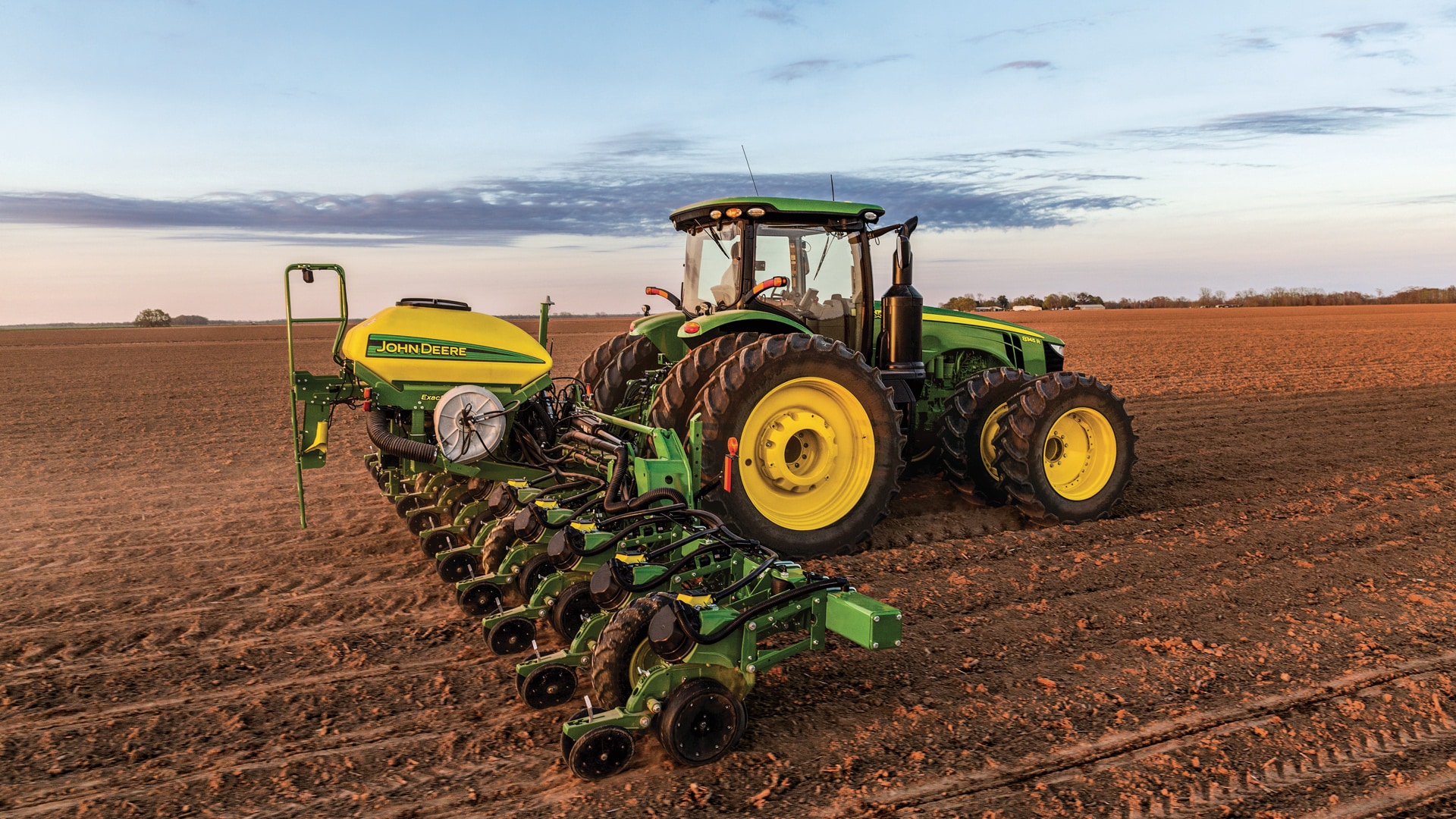As soon as winter turns to spring, farmers across the country are ready to start their next planting season. Before heading out in the fields, however, these producers must take several factors into consideration, including the types of crops they are going to plant, when they can begin the planting process, and what types of equipment they are going to use.
WHEN IS SPRING PLANTING SEASON?
Spring planting season typically begins in late February to early March, but choosing when to plant is highly dependent on the type of crop being planted.
HOW CAN I PREPARE MY SOIL FOR PLANTING?
Testing the pH and nutrient levels is an important step to prepare your soil for planting. Another way to prepare your soil is to remove any weeds and loosen the soil to help support healthy root growth.
WHICH CROPS ARE PLANTED IN THE SPRING?
When deciding on which crops to plant, farmers must look for those that will thrive in their specific region. Options for spring planting include:
As each of the planting times for the above crops can vary based on location, farmers should carefully research their options to determine what is best for their situation.
5 TIPS TO PREPARE FOR SPRING PLANTING SEASON
A successful planting season comes from proper preparation. Here are some of the top tips to consider when preparing your field for planting season.
Design a Plan
Create a clear plan to reach your yield goal. It's important to test soil to assess the productivity and fertility levels of your field, as well as advocate for planting improvements during the fall and winter season.
Prepare your Field and Planting Equipment
Approximately 50%-60% of your yield is determined at spring planting time. Therefore, it's important to have a well-prepared seedbed and start the field out clean, whether that's through tillage practices or chemical applications. In addition, check that your planter is set up, and make the right adjustments to your machinery to ensure good seed placement when it's time to start spring planting.
Equip Machinery with Quality Tires
Equipping your machinery with quality tires helps avoid the risk of getting flat tires or needing to repair tires, which can slow down production and stunt planting time.
Use a Seed Treatment
Seed treatments offer long and short term benefits. Instead of using a standard low-rate seed treatment, farmers can reduce costs and improve efficiency by treating seed themselves and tailoring the treatment to their specific operation and field.
Check Equipment Regularly
Experts say that planting equipment should be checked at least 3 times a day, no matter the year, make, or model. Performing a cross-section dig to make sure depth, down pressure, and singulation are working effectively is essential to ensure your row units are straight and your opening discs are matched within dealer specifications.
WHAT EQUIPMENT TO USE FOR SPRING PLANTING SEASON?
In addition to knowing what they are going to plant, farmers must also ensure they have the right equipment for the task at hand. John Deere offers a range of planting equipment and technology offerings that take every producer into account; this includes the crops they plan to grow, the topography of their land, and the size of their planting operation. For farmers that want to achieve high yields during the spring planting season, John Deere offers the following:
- Drawn Planters
- Mounted Planters
- DB Planters
- DR Planters
- John Deere ExactRate™ Liquid Fertilizer System
- Performance Upgrade Kits for John Deere Planters
For more information regarding John Deere planting equipment, contact your local John Deere dealer.
Additional Resources:

